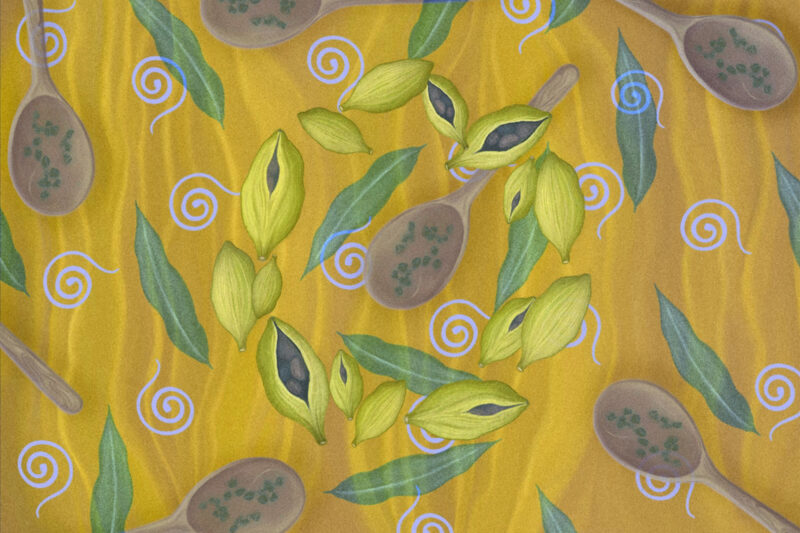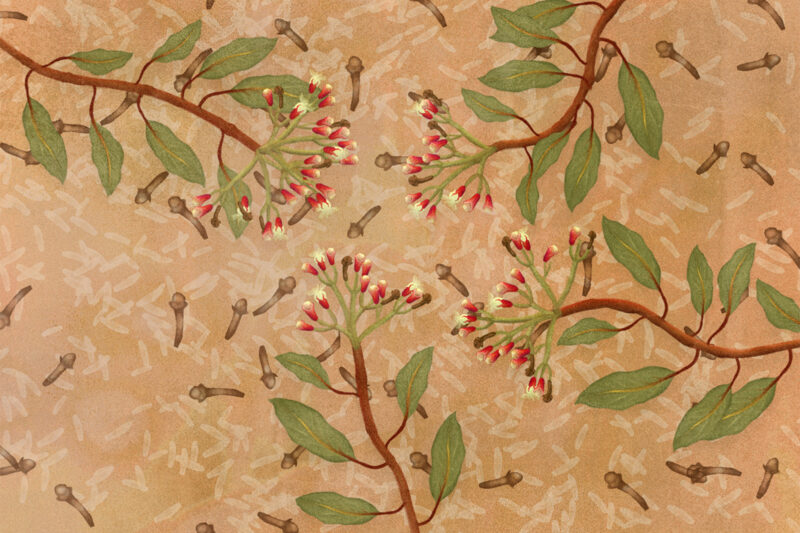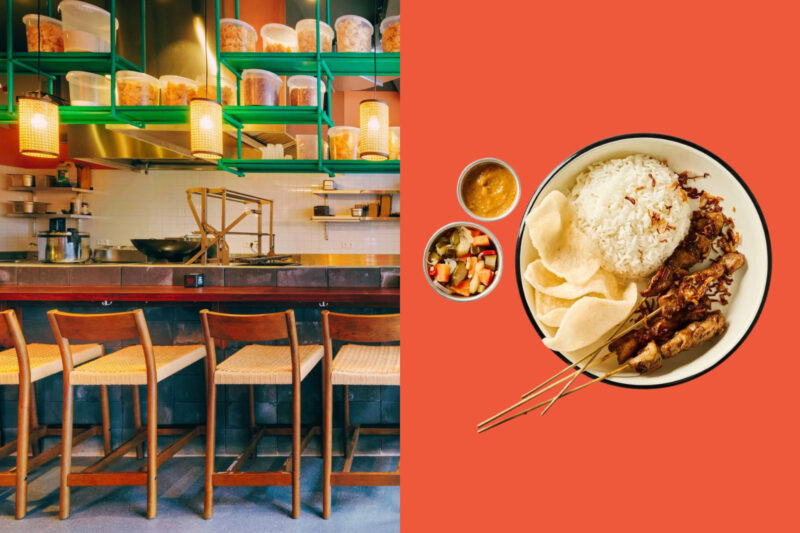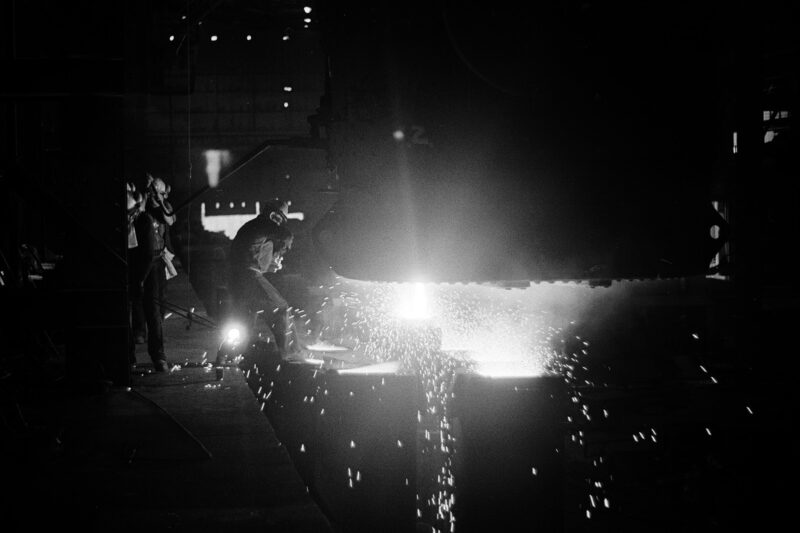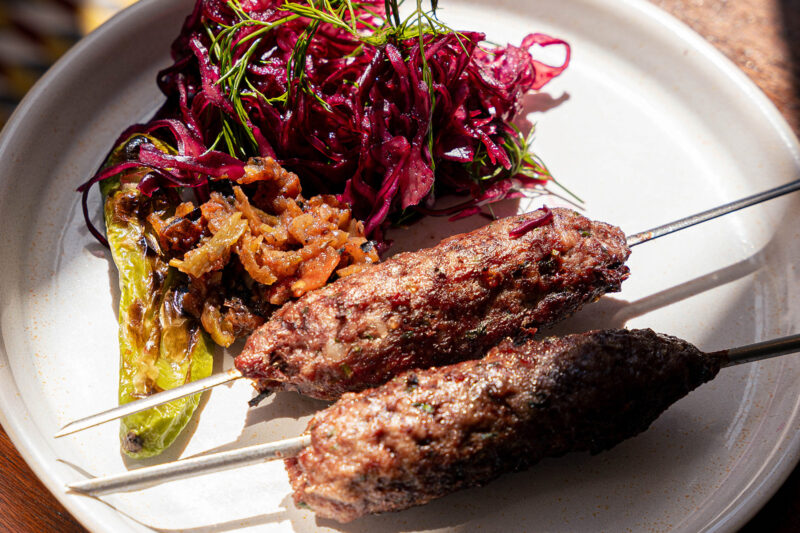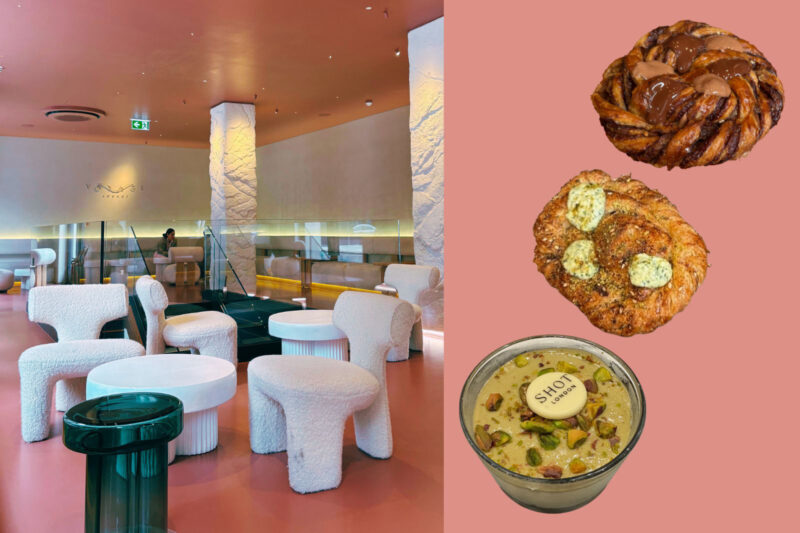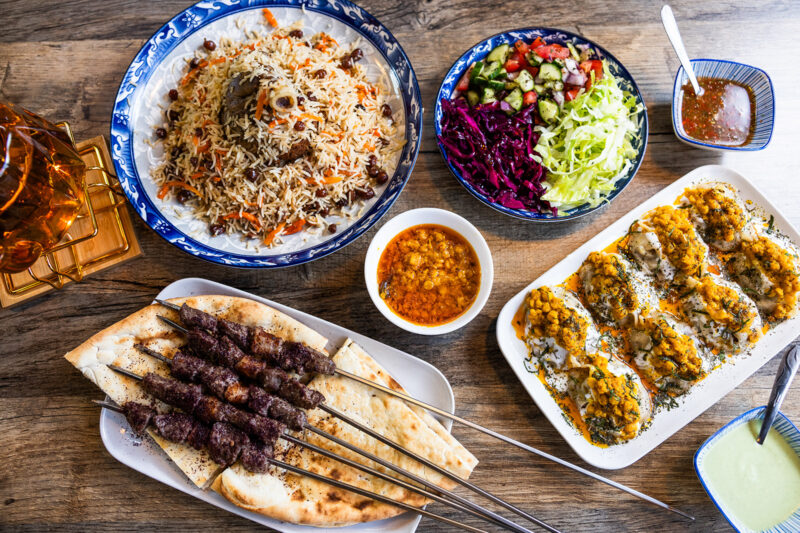Chilli: the people’s pepper
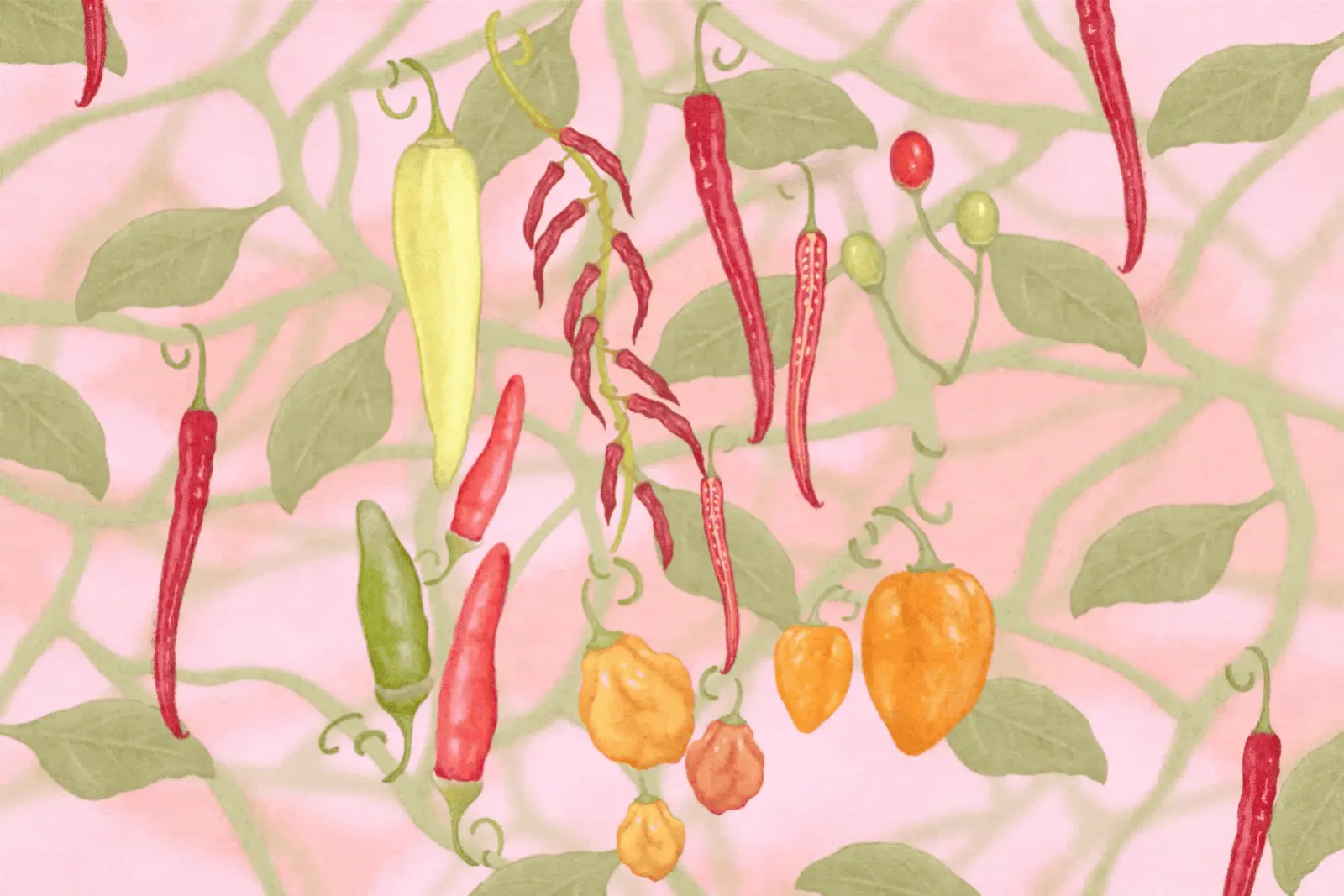
Now its fiery flavour is loved around the world, but the spice initially failed to set affluent palates alight and was, instead, embraced by the working class
For as long as I can remember, Encona Hot Pepper Sauce has taken pride of place in my kitchen cupboard. As a child, I was fascinated by the distinctive shape of the glass bottle: square with the brand name debossed on the side. Opening and pouring is a tactile experience quite unlike that of the squeezy plastic ketchups and mayonnaises that now fill our fridges. As I’ve aged, I’ve also become more appreciative of the flavour profile, which combines the fruity heat of scotch bonnet and habanero peppers with salt and a vinegary tang.
Chillies stand in contrast to other spices we’ve looked at in this series. Rather than a story of migration from east to west — like ginger, garlic and so many more — their origins are in Central and South America, and their journey one from west to east. They also upend the social dynamics of other spices. While saffron, cumin and coriander were once the preserve of the rich, chillies are the people’s choice.
Their story starts in the lowlands of Brazil, where they grew in the wild. A few years ago, a Bolivian friend introduced me to what he said were the “original chillies”. They were small and round, like berries. When I ate them they exploded with an intense heat that quickly receded, leaving a rounded, fruity flavour.
Eventually, wild chillies were domesticated by indigenous people and spread across the continent, up into present-day Mexico and the Caribbean, creating many of the varieties we know today. According to the historian Hallie Pugh-Sellers, chillies were cultivated in gardens near the home, away from agricultural areas where staple crops were grown.
The name chilli comes from Nahuatl, the administrative language of the Aztec empire, which also gave us “tomato”, “avocado” and “chocolate”. It is said that Christopher Columbus added the word “pepper” after noting a similar burning heat to that found in black pepper, which comes from an unrelated South Asian plant. The Nahua used chillies in both cooking and religious practices, to bring luck in commerce and in prayers to the rain god.
Now, some South Asian Muslim cultures perform rituals of casting chillies into fire to ward off the nazar, or evil eye. Hindu communities also use seven chillies, strung together with a lemon, to protect against bad spirits and usher in good fortune. In modern western culture, they also play a kind of ritualistic role. For a certain type of man, the ability to publicly consume the hottest chilli or curry has long been viewed as an indicator of warrior-like strength and virility.
The heat of chillies is measured by the Scoville scale, named after Wilbur Scoville, an American pharmacist who created a test in 1912 that accurately measures concentrations of capsaicin, the compound that gives their distinctive kick. A jalapeno would rate 2,500–10,000 on the scale, while a habanero would come in at 100,000–350,000.
For the past couple of decades chilli-growers have been locked in an arms race to produce ever more powerful varietals. The Infinity chilli, grown in Lincolnshire, and the Cumbria-grown Naga Viper vied for the title of world’s hottest for a mere five months in 2011 before being displaced by an Australian rival, the Trinidad Scorpion Butch T. The current hottest chilli is Pepper X, developed in the US and rating 2,693,000 Scoville units.
The ongoing quest to create the ultimate weapons-grade chilli has led to moments of pop-cultural infamy, including my personal favourite: an episode of The Simpsons in which Homer experiences a revelatory hallucination after eating a nuclear-strength variety at a local cook-off.
While its direction of travel differs from many other spices, the chilli’s journey to global dominance was still a by-product of colonialism. In the 16th and 17th centuries, Portuguese and Spanish traders introduced the spice to their trading networks in the Middle East, Africa and Asia. By 1592, it had reached the interior of China, where it was enthusiastically adopted by workers in provinces such as Sichuan and Guizhou, where locals looking for an alternative to heavily taxed salt began to use dried and ground chilli as flavour enhancers.
Chillies did not set wealthy palates alight, though. In both Europe and Asia, well-to-do diners found the fiery flavour off-putting. Milder peppers were, however, adopted by central European cooks around the 16th century in the form of paprika, which can still be seen in much-loved dishes such as Hungarian goulash and chicken paprikash.
The effect on the Iberian peninsula was more profound, seen in popular Spanish dishes from padron peppers and patatas bravas to Portuguese peri-peri. The north of the continent was much slower to take chilli to its heart, though. One possible reason for that is that trade in the spice was dominated by Catholic Spain and Portugal at a time when northern Europe was gripped by the Protestant Reformation, which negatively affected political and commercial relations and effectively kept chillies off the market.
Instead, British people were introduced to chillies as a result of the Crown’s colonisation of South Asia, where they had become an important part of local cuisine. Having gradually adapted its heat, many ended up bringing a taste for them back home. The legacy of that period can be seen to this day in a variety of popular sauces, pickles and chutneys.
Then came the boom of the British curry house, which lasted from the late 1960s to the early 2000s and offered many patrons their first experience of serious heat. Westernised yet highly spiced dishes such as vindaloo and jalfrezi are likely responsible for a still widespread misperception that chillies actually originate from South Asia.
In recent years, however, British tastes have become more sophisticated and diverse. Peri-peri sauces, jerk barbeque and buffalo wings now make regular appearances on tables across the country. Thai sriracha has also become the nation’s favorite hot sauce, but it will never displace Encona from my cupboard.
 Newsletter
Newsletter


